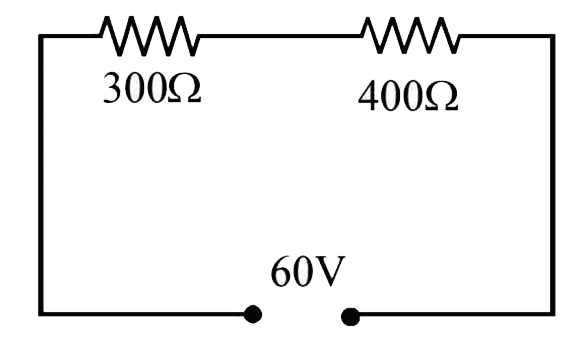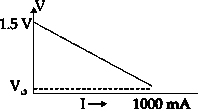Grahm's law is connected with
Diffueion
Osmosis
Osmoregualtion
Absorption
The correct Answer is:A
Step-by-Step Solution:
1. Understanding Graham's Law: Graham's law, also known as Graham's law of diffusion, was proposed by Thomas Graham in 1848. It describes the behavior of gases during diffusion.
2. Defining Diffusion: Diffusion is the process by which molecules move from an area of higher concentration to an area of lower concentration. This process occurs spontaneously and is a fundamental concept in various biological and physical processes.
3. The Relationship in Graham's Law: According to Graham's law, the rate of diffusion of a gas is inversely proportional to the square root of the mass of its particles. This means that lighter gases will diffuse faster than heavier gases.
4. Identifying the Correct Option: The question asks what Graham's law is connected with among the options: diffusion, osmosis, osmoregulation, or absorption. Since Graham's law specifically deals with the diffusion of gases, the correct answer is diffusion.
5. Conclusion: Therefore, Graham's law is connected with diffusion.
Final Answer: Diffusion
---
Topper's Solved these Questions
- TRANSPORT IN PLANTSBOOK - DINESH PUBLICATION ENGLISHCHAPTER - TRANSPORT IN PLANTSEXERCISE - CHECK YOUR GRASP
40 Videos
- TRANSPORT IN PLANTSBOOK - DINESH PUBLICATION ENGLISHCHAPTER - TRANSPORT IN PLANTSEXERCISE - CHECK YOUR GRASP
40 Videos
- THE LIVING WORLDBOOK - DINESH PUBLICATION ENGLISHCHAPTER - THE LIVING WORLDEXERCISE - Check your grasp
12 Videos
- VERTEBRATA-AGNATHA AND PISCESBOOK - DINESH PUBLICATION ENGLISHCHAPTER - VERTEBRATA-AGNATHA AND PISCESEXERCISE - Check Your Grasp
12 Videos
Similar Questions
Knowledge Check
State ohm's law.
In the circuit shown in figure, a voltmeter reads 30 volts when it is connected across 400 ohm resistance. Calculate what the same voltmeter will read when it is connected across the 300 ohm resistance.
 A30VB12.5VC15VD22.5V
A30VB12.5VC15VD22.5VAssertion: The familiar equation mg=R for a body on a table is true only if the body is in equilibrium.
reason: The equality of mg and R has no connection with the third law.AIf both assertion and reason are true and reason is the correct explanation of assertion.BIf both assertion and reason are true and reason is the not correct explanation of assertion.CIf assertion is true but reason is falseDIf both assertion and reason are false.
Hubble's law is related with
View SolutionLenz's law is consequence of the law of conservation of
View SolutionBlackman's law is related to
View SolutionTo verify Ohm's law, a student connects the voltmeter across the battery as shown in the figure. The measure voltage is plotted as a function of the current, and the following graph is obtained


if VO is almost zero. identify the correct statement
View SolutionGas Laws
View SolutionGas Laws
View Solution
